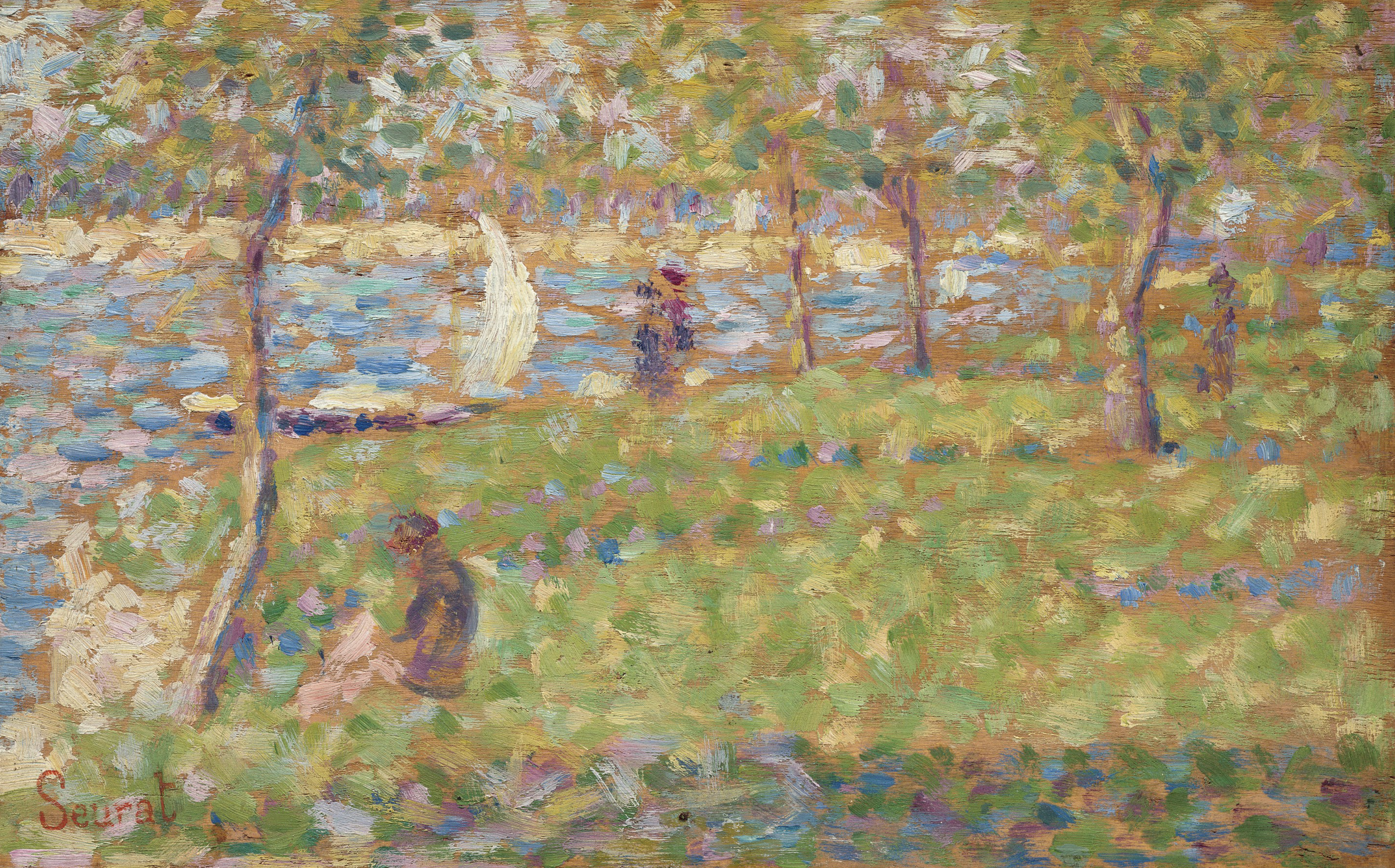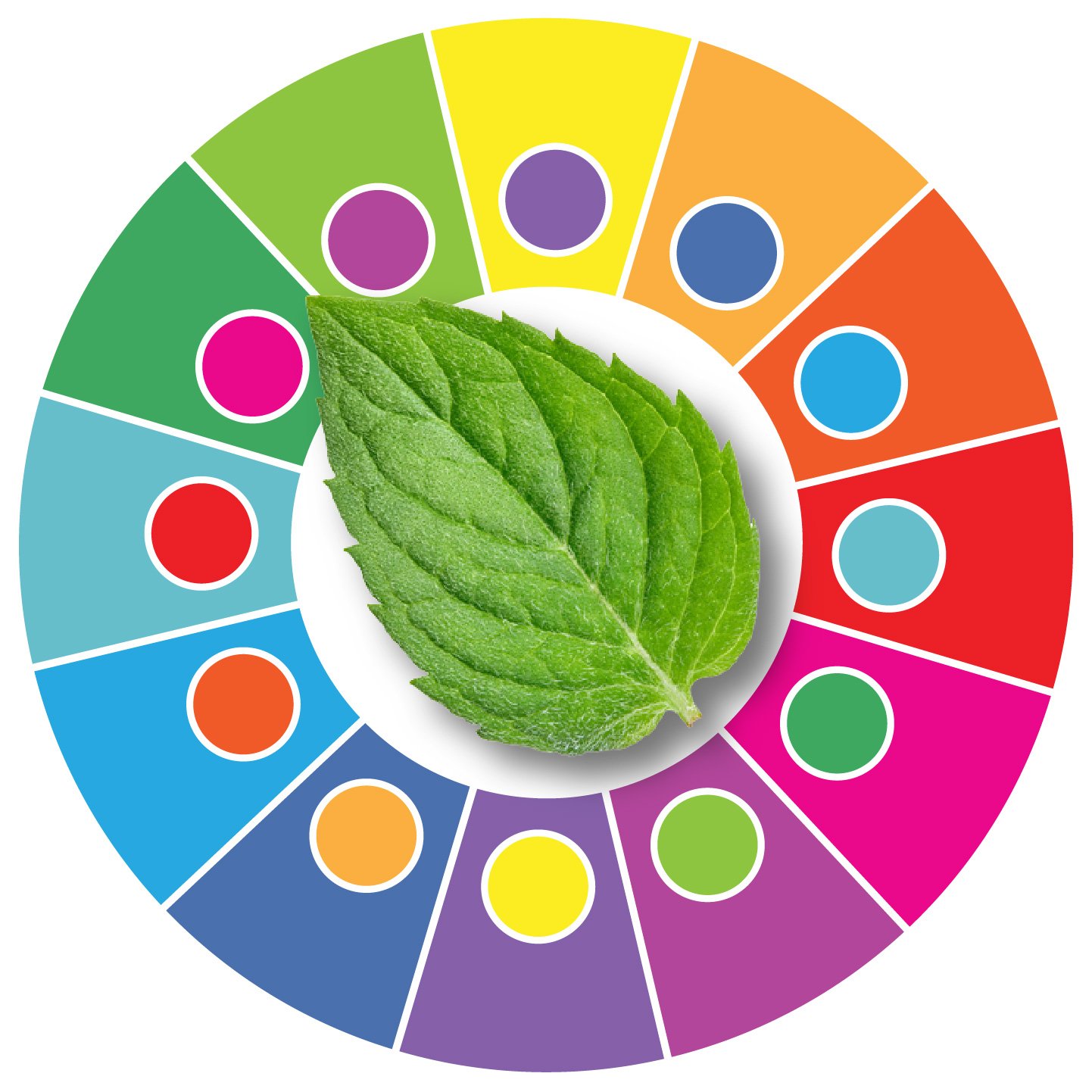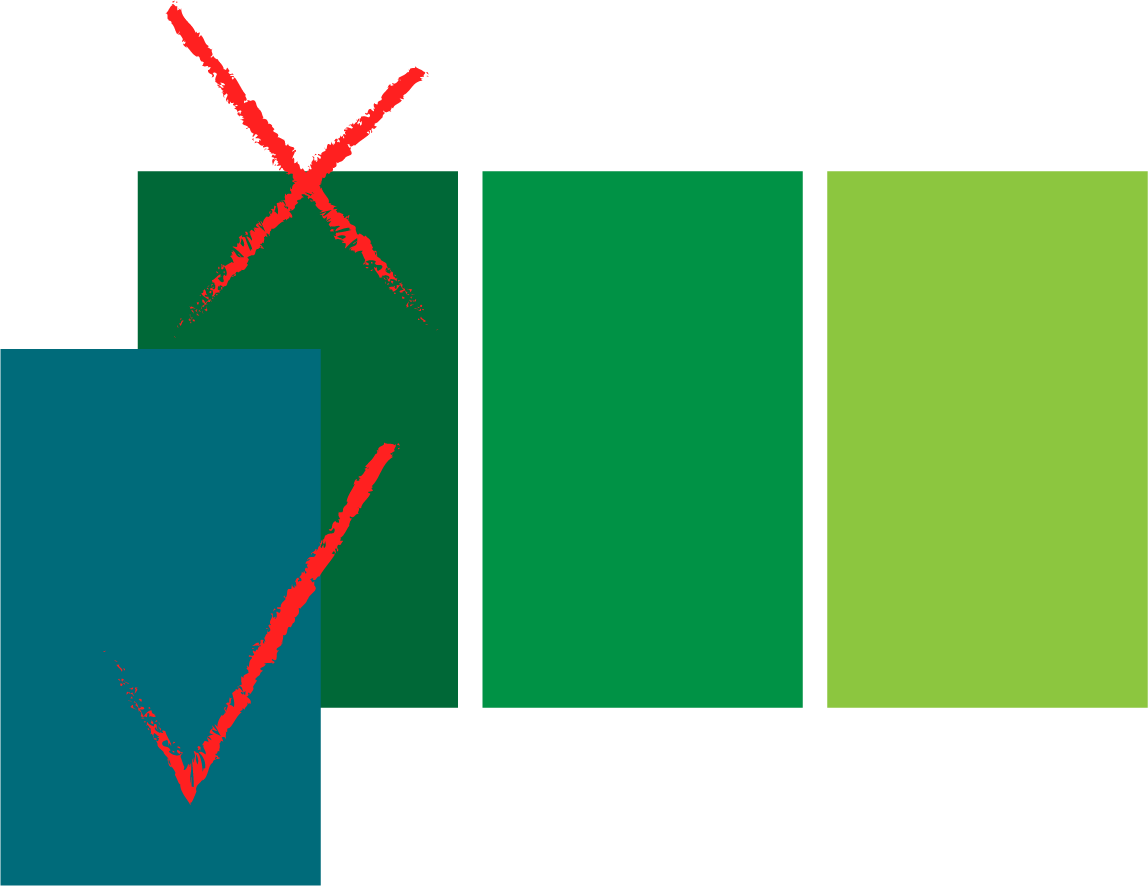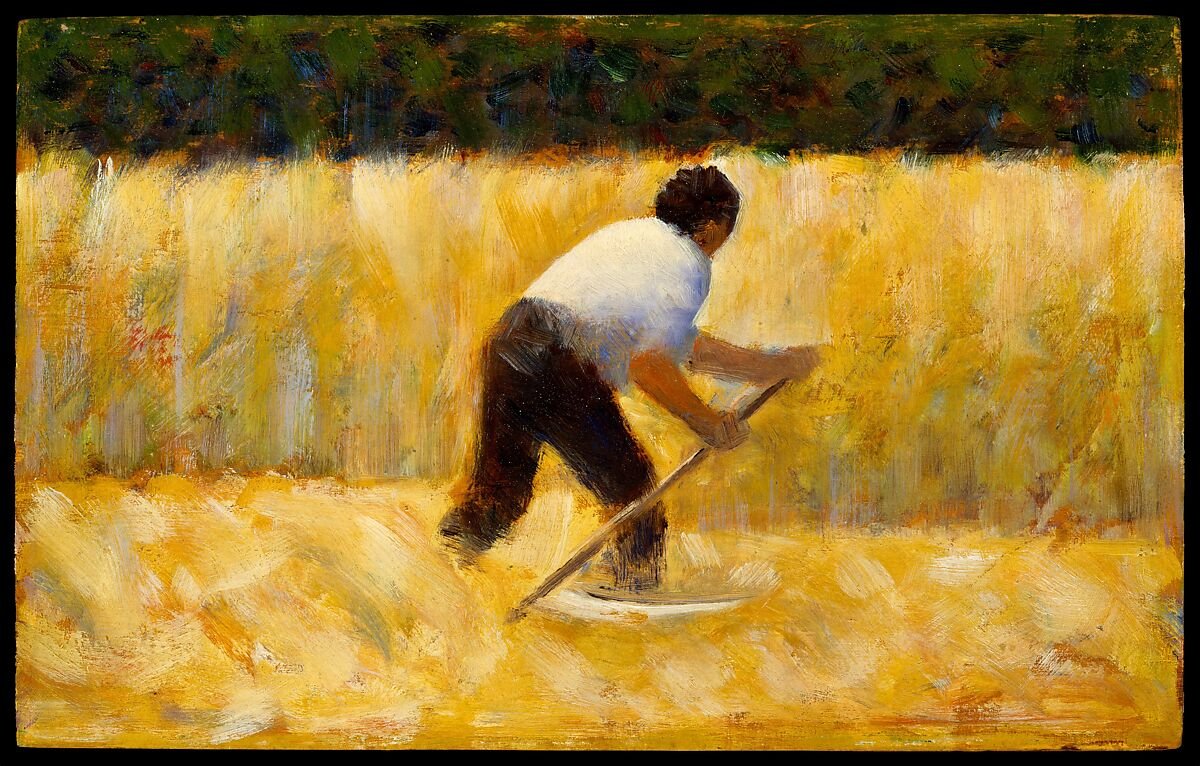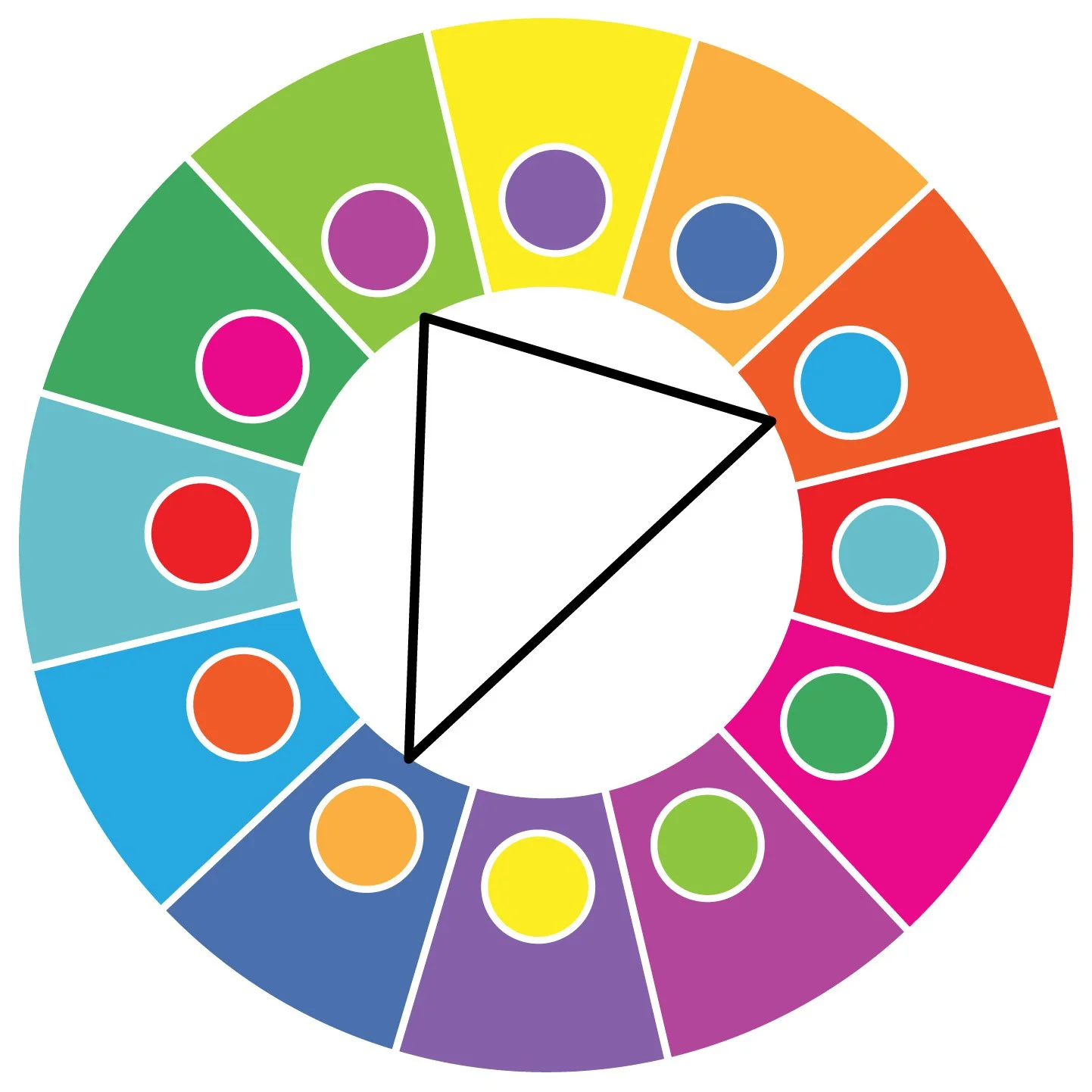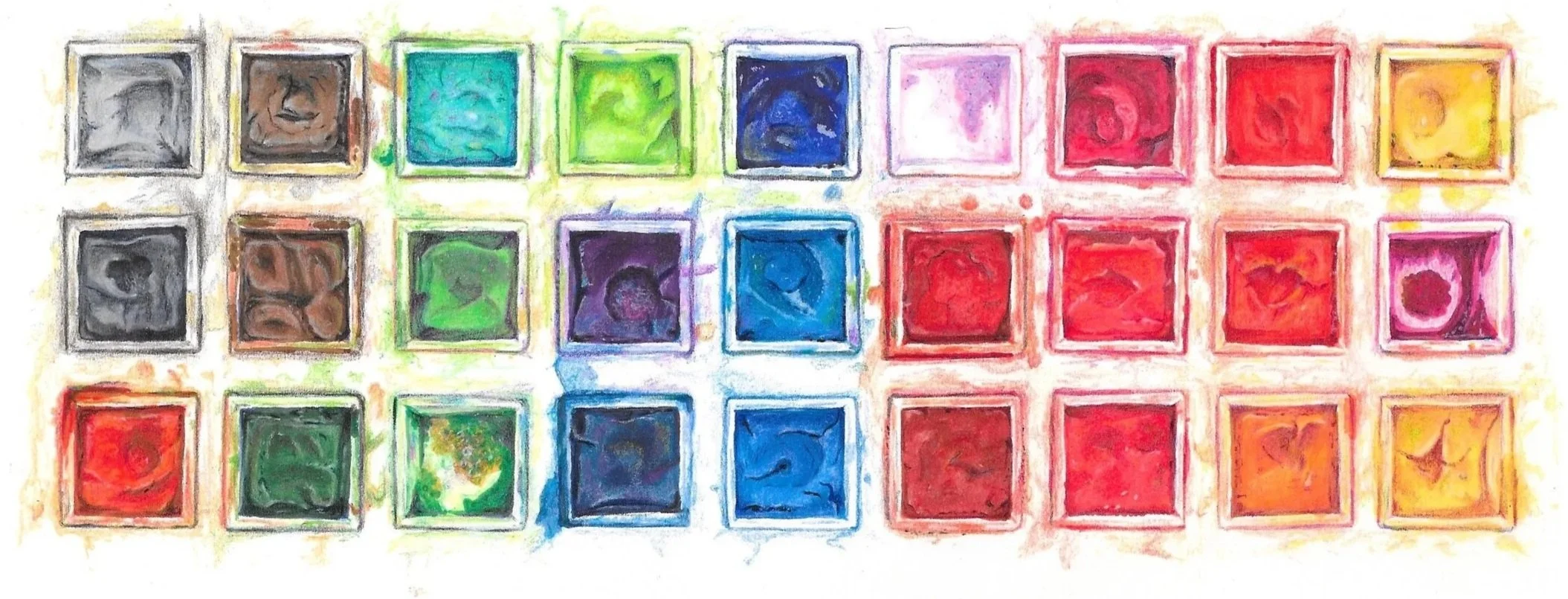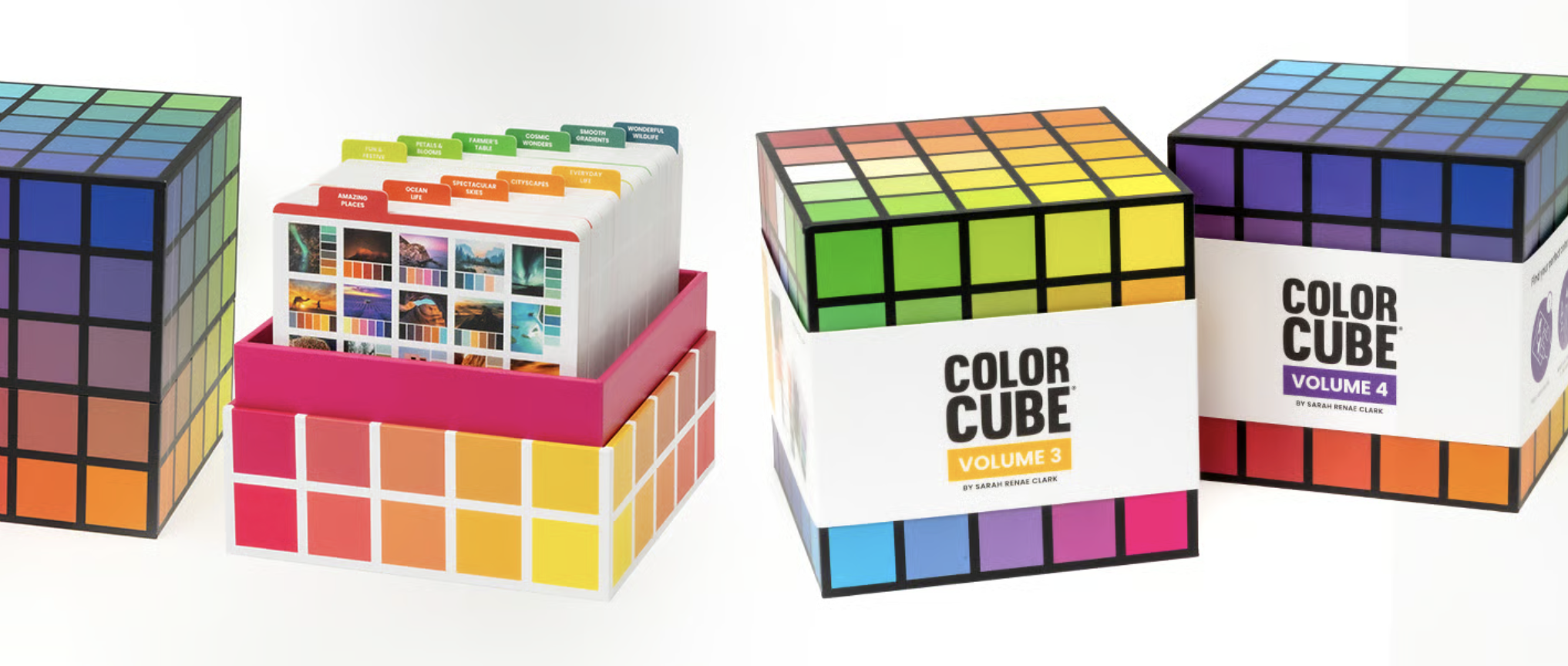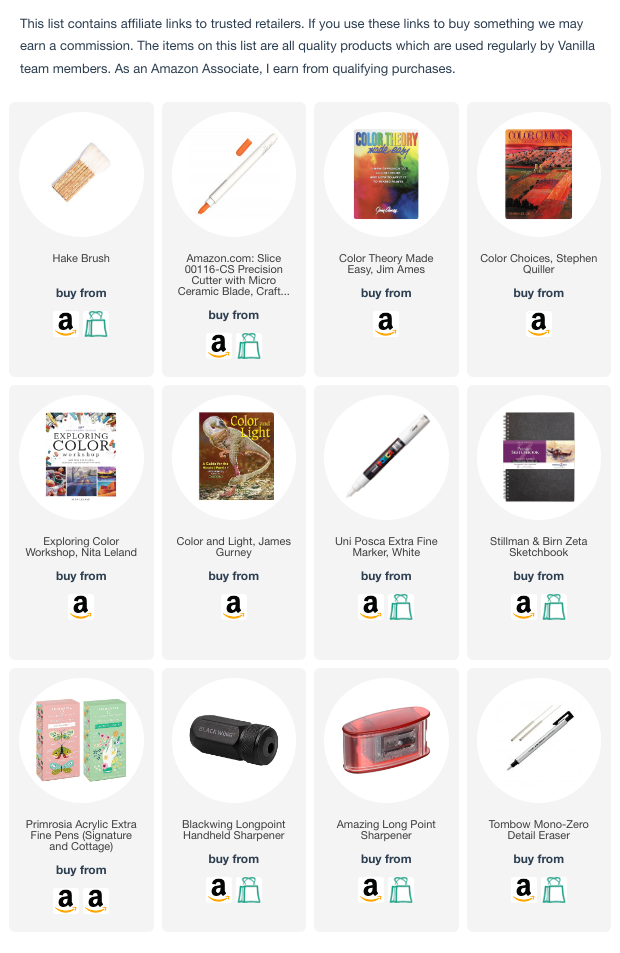Vanilla Beans: A Colorist’s Day Off
Thanks for taking the jump to read today’s newsletter. If you landed on this page by accident, subscribe to the Vanilla Beans Newsletter here.
Georges Seurat, “Sunday Afternoon on the Island of la Grande Jatte”
Color Theory Tangents
We can’t talk about color theory without mentioning Georges Seurat, the master of color.
Last week we talked about the different types of desaturation and how artists use them to create distance.
And I get the distance question a lot because I never shade blue with blue or green with green. Most of the time, I create shady distance with a bright purple pencil.
Where did I get this crazy stuff from? Seruat.
Today, let’s learn from the ultimate color theoretician.
Because a walk with Georges can improve your Copic artistry.
Gen X knows La Grande Jatte
Life moves pretty fast. If you don’t stop and look around, you could miss it.
—Abe Froman, the Sausage King of Chicago
Georges Seurat, Study for La Grande Jatte
I find it kinda sad that Seurat is doomed to be remembered as the father of pointillism.
Seurat didn’t care about dots. He wasn’t even really dotting anyway, it’s more like smushes.
He called his painting technique “Divisionism”.
Just like Newton, our friend with the musical color wheel, Seurat was breaking down light.
Seurat divided light into blobs of color.
And dear reader, the blobs are what’s missing from your coloring.
Copic says to color the grass G03-G05-G07.
But Seurat says green is boring by itself.
Green is greenier when you add smushes of yellow, turquoise, or cyan.
And hey, isn’t that how we mix green paint?
Green also glows if you hop across the color wheel to add dabs of red and violet for shade.
When you break colors down into basic components— color looks more colorful.
Georges Seurat, the horizon from La Grande Jatte
Last week, we looked at a bunch of desaturated trees.
The third tree from the right, see that color? You can make it by layering G14 over B24…
But we all know you’re gonna use BG18, right?
Wimp.
Seurat says blends are for babies.
Georges Seurat, fishing woman, La Grande Jatte
A color theory expert will look at the fishing woman in La Grande Jatte and talk about how the green lily pads are enhanced by the cool blue water and her warm russet dress.
Which totally misses the point.
The water lilies are green. Duh.
It’s not like Seurat was gonna paint them purple.
Seurat is more interested in exploring why they look green.
He breaks green apart into light and dark green smushes. Then he adds dashes of yellow and blue. He throws some white in there. He’s experimenting.
Then for some reason— we’ll never know why— he starts adding pink.
What was he thinking?
I don’t know but it worked! So then he starts throwing pink into the water and the boat and the lady’s hat.
It’s pink anarchy!
Seurat’s color play is at a tiny level. You’ve gotta look Cameron close to see all the crazy pink.
But tiny is good because we color tiny.
We can do this too.
Don’t be silly, Amy! I’m not a color master like Seurat. I wouldn’t know where to start.
It’s not as hard as you’d think.
We start with a color wheel.
It’s a green leaf.
Nothing scary there. You can certainly play with a little green leaf, right?
Now ask yourself: What colors sit next to green on the wheel?
I see yellow on one side of green and I see turquoise/aqua on the other.
So why not add a yellow marker to the end of your green blending combination? Or you can try adding BG09 to the beginning?
If you’re chicken, use colored pencils. You can erase anything you don’t like.
Now here’s another question, what color is opposite of green on the wheel?
Purples and pinks.
Seurat says to play with opposite colors too. If you’re nervous about mixing purple into green, why not use it in the background?
Just give it a try.
I know you’ve watched more than one coloring influencer talk about color theory.
Did it help?
Colorists spend a lot of time talking about warms and cools. Then they draw triangles and squares on the wheel, connecting colors with lines like they’re revealing the cheat codes to art.
It’s stupid.
The Gardener’s triad… or maybe it’s a split complementary that’s slightly off? It might be analogous with a pop? Who bleepin’ cares?
I don’t know any artists who think frequently about triads or tetrads.
Aside from college assignments, I’ve NEVER planned a geometric color scheme.
The Gardner and The Mower above are both attractive little paintings which absolutely do not conform to the rules.
Which means Seurat stinks, right?
Don’t be silly. There are thousands of masterpiece paintings from every era, all of them highly prized and collectible, which don’t adhere to any color theory rules.
I’m not saying triads and split complementary systems are useless, I’m just being honest and saying it’s never first and foremost in my mind. You can tell Seurat wasn’t worried about them either.
Here’s how I use triads or other chroma schemes:
I’m coloring something with lot’sa green in it…
I say to myself “Hey, Amy, there’s a bunch’a green here.”
So I pick up a marker that’s not green.
Problem solved.
Georges Seurat, The Forest at Pontaubert (1881)
Color theory often feels like it’s making a big deal out of doing what you were going to do anyway.
You like color, right?
So go play with it. See what happens.
Instead of worrying about triangles and analogous counterpointed palettes…
Play with green like Seurat.
Green is made from yellow and cyan. So add some yellow and cyan to your green blend.
Next time get a little braver. Add orange or indigo.
Psssttt, do you see the orange the forest?
If you don’t like the way something looks, don’t do it again.
Children learn through play. Artists do too.
Colorists say they’re having fun and playing but what you do is not actually play. When you use prepared recipes, kits, or tutorials— you’re do-ing, not play-ing.
There’s a big difference.
Seruat gives you permission to play.
The only thing holding you back is your fear of leaving the YG/G section of your Copic caddy.
Green-on-green-on-green is only a rule in your head.
You’re reading this newsletter because you want more. You’ve talked yourself out of being an artists before and now you’re finally daring to reach for the gold ring.
You can be an artist, even if it’s just on rainy Saturdays.
But to become an artist, you’ve got to stop coloring like a crafter.
Stop waiting for someone to show you how-to everything.
Artistry is all there on the color wheel and it’s easier than you think.
Stop coloring it green-green-green. Throw some other stuff in there and see if it explodes.
Most importantly, get over the fear of messing up or doing it different.
Art is all about differences.
You’ve spent years trying to tutorial your way into art and it’s never going to work because coloring techniques are designed to equalize everything into easy mediocrity.
Anyone can blend.
The thing that sets the marker artist apart from the marker blenders will always, always, ALWAYS be your use of color.
It’s not the technique.
It’s the play.
You’re still here?
It’s over.
Go home.
Go.
MORE ABOUT LA GRANDE JATTE
Do you know anyone else offering this kind of weekly color education FOR FREE?
IF YOU LIKED TODAY’S ARTICLE, PLEASE SUPPORT FUTURE FREE LESSONS
Even better? Treat yourself to a digital stamp or coloring lesson. Then we both win.
COLOR THEORY YOU’LL ACTUALLY USE
Want to color like Seurat? You can do this!
Box of Colors by Lynne
Laura
Gabrielle
Lorena
Donna
CURRENT PASSWORD: RubberDuckie
NEW & IMPROVED: COLOR CUBES
Sarah Renae Clark’s Color Cubes are excellent learning tools. Please use my affiliate link to purchase, another great way to support the FREE educational content I create.





